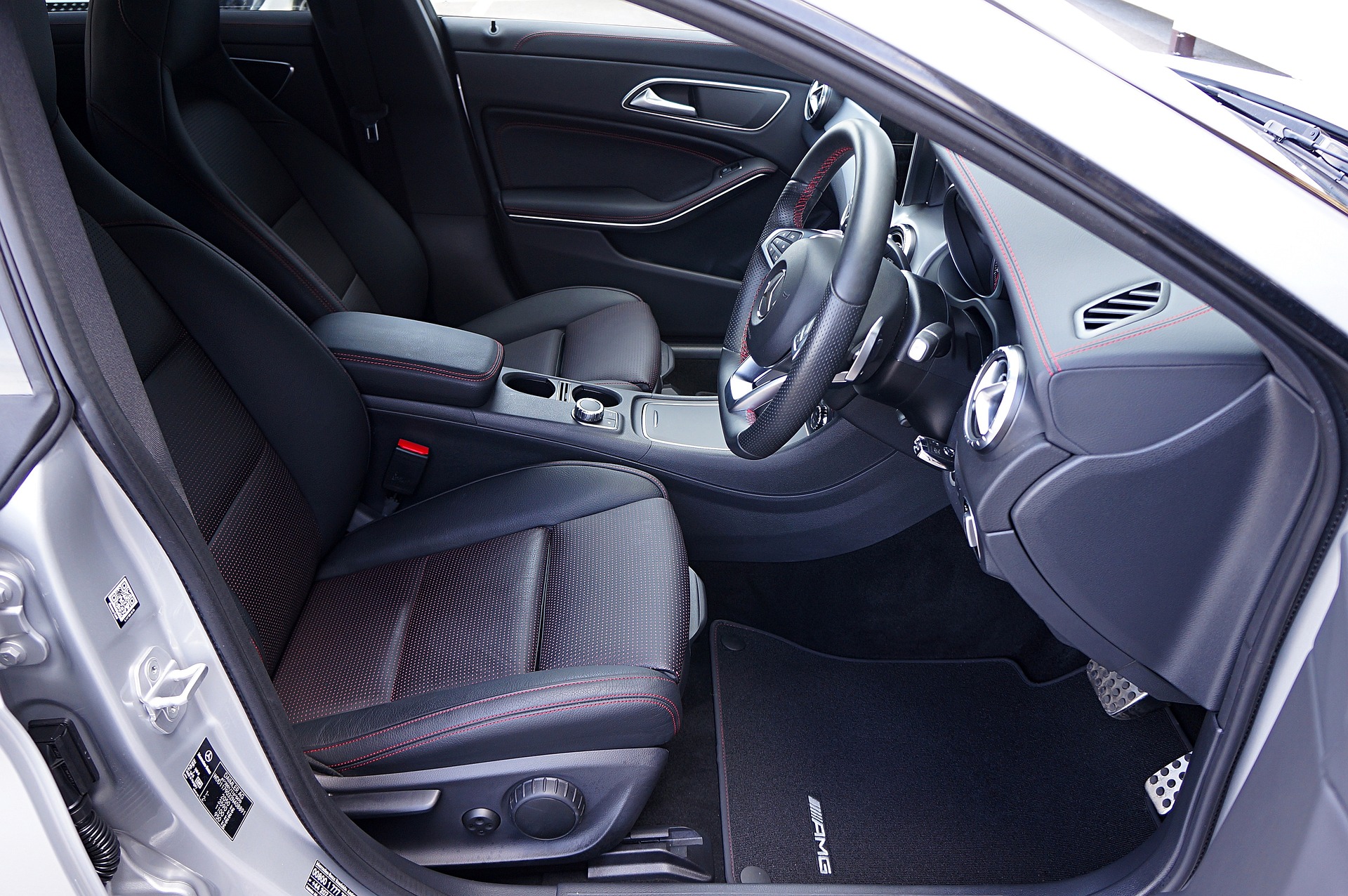The Renaissance of Rotary Engines: A Futuristic Approach to Traditional Powerhouses
Few engines have captured the imagination of automotive enthusiasts quite like the rotary engine. Introduced in the early 20th century, the rotary engine became a symbol of ingenuity and engineering prowess. Today, we'll explore the fascinating history of rotary engines, their unique characteristics, and how they might find a place in the future automotive landscape.
Rotary Engines: A Historical Overview
Invented by German engineer Felix Wankel, the rotary engine, also known as the Wankel engine, first saw the light of day in the 1950s. While traditional engines used a reciprocating piston design, the rotary engine introduced a completely different approach. It features a triangular rotor that spins within an oval-like chamber, carrying out the typical engine functions -intake, compression, combustion, and exhaust- in a continuous, circular motion.
The rotary engine’s unique design made it a smaller, lighter, and smoother alternative to traditional engines. However, they were also notorious for their high fuel consumption and emission levels, which led to their decline in the late 20th century.
The Resurgence of Rotary Engines: Modern Applications
Today, the rotary engine is enjoying a resurgence, thanks to advancements in technology and a renewed interest in its unique attributes. Some automotive manufacturers are taking a fresh look at the rotary engine, exploring its potential in modern applications. Mazda, a long-time proponent of the rotary engine, is leading the charge, developing a range-extender version for electric vehicles that leverages the rotary engine’s compact size and smooth operation.
The Impact and Challenges of Rotary Engines
The renewed interest in rotary engines could bring about significant changes in the automotive industry. The compact and lightweight design of rotary engines makes them ideal for use in high-performance vehicles and other applications where weight and space are at a premium.
However, the challenges that once plagued rotary engines, such as high fuel consumption and emissions, remain to be addressed. Modern technologies, such as advanced sealing techniques and more efficient fuel injection systems, are being developed to mitigate these issues. Yet, substantial research and development are still required to make the rotary engine a viable option for the mass market.
The Future of Rotary Engines
While the challenges are significant, the potential rewards of reviving the rotary engine are too enticing to ignore. If the issues of fuel efficiency and emissions can be adequately addressed, the rotary engine could play a crucial role in the future automotive landscape. Its unique characteristics make it a perfect fit for certain niche applications, and it could serve as a stepping stone towards more innovative engine designs.
However, the future of rotary engines will depend heavily on the progress made in overcoming their inherent challenges. Only time will tell if the rotary engine can regain its status as a symbol of innovation and engineering prowess.
Conclusion
The story of the rotary engine is one of innovation, decline, and potential resurgence. Its unique design and characteristics make it an intriguing piece of automotive history and a potential game-changer for the future. As technology advances and the automotive industry continues to evolve, the rotary engine may yet find its place in the pantheon of automotive innovation. And for car enthusiasts, the prospect of a rotary engine comeback is an exciting one, adding a fresh twist to the ever-evolving narrative of the automotive world.





